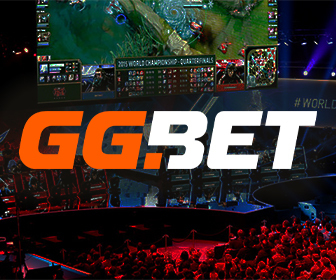The gaming industry stands on the brink of a pivotal transformation. Following the 2025 Game Developers Conference (GDC), industry leaders acknowledge that generative AI has reached a crucial adoption milestone, standing at the edge of the infamous ‘chasm’ between early adopters and the early majority.
Stephen Peacock, Head of Games AI at Keywords Studios, weighs in on what it will take to push AI across this divide and into mainstream game development.
The AI Adoption Journey in Gaming
The concept of the technology adoption curve—spanning from innovators to laggards—has long dictated how industries integrate new advancements. While machine learning (ML) has successfully transitioned into widespread use within gaming, particularly in LiveOps, retention strategies, and analytics, it has not fundamentally changed core production processes. Generative AI, however, has the potential to do just that.
“Generative AI is different – it’s the AI that production teams need. That’s why seeing its rapid advancement to the chasm’s edge in just the past year is so exciting”
For AI to cross the chasm, it must evolve beyond tech demos and bold promises. The early majority—pragmatists—require proven, reliable solutions that enhance workflows without disrupting existing pipelines.
AI Through a Pragmatic Lens
The early majority – pragmatists, as defined in Moore’s technology adoption model, differ from early adopters in several key ways:
– They require proven solutions, not experiments
– They want evolution, not revolution
– They need technology to enhance existing workflows
– They demand a clear return on investment, not vague promises
This shift explains why discussions at GDC 2025 moved away from debating AI’s place in game development to focusing on how to implement it effectively. One sentiment was clear across conversations with executive producers and AI leaders: developers are tired of AI tech demos. They need concrete success stories and measurable benefits from industry peers.
“A perfect illustration: Last year’s startups boasted about AI that could ‘generate animations from prompts’, implicitly asking “who needs mocap?”. This year, the hype around such claims has dissipated. Instead, mocap hardware vendors have integrated AI into their processing pipelines, reducing post-capture cleanup time – a practical enhancement rather than a disruptive overhaul.
The Challenges Ahead: Investment vs. Implementation
The path to widespread adoption is fraught with challenges. Many AI startups and technologies fail to cross the chasm, particularly when investor expectations clash with studio needs.
“Perhaps the greatest threat during this crossing comes from investors, who often push for sizzle and inflated impact estimates. While startups chase funding with flashy demos and big promises, studios want reliable solutions to specific problems. This misalignment explains why many startups struggle to gain traction despite initial excitement.”
The Growing Need for AI Governance
As AI adoption accelerates, the demand for structured implementation strategies is growing. Studios are overwhelmed with AI integration requests, and many developers have resorted to using ‘shadow AI’ tools—unofficial AI applications implemented without formal approval.
“As we prepare to cross the chasm, studios need partners who understand both the technology and the organisational challenges of this transition.”
What’s Next for Generative AI in Gaming?
Crossing the chasm will require more than just advanced AI tools—it will necessitate fully developed solutions, industry-wide standards, and proven case studies.
“On the other side of this chasm is a healthier, more productive industry reinvigorated by new technologies that increase our ability to delight players profitably. The shift from theoretical possibility to practical implementation we’ve seen at GDC this year suggests we’re prepared for this crossing, but it will require collaboration, patience and persistence.
The gaming industry has always been at the forefront of technology adoption. If we work together – sharing success stories, developing standards, and focusing on pragmatic solutions – we can make it to the other side.”
You can view more information at https://www.keywordsstudios.com/en/about-us/news-events/news/standing-at-the-ai-chasms-edge-gamings-next-challenge/.
About Keywords Studios
Keywords Studios is an international provider of creative and technology-enabled solutions to the global video games and entertainment industries. Established in 1998, and now with over 70 facilities in 26 countries strategically located in Asia, Australia, the Americas, and Europe, it provides services across the entire content development life cycle through its Create, Globalize and Engage service lines to a large blue-chip client base across the globe.

